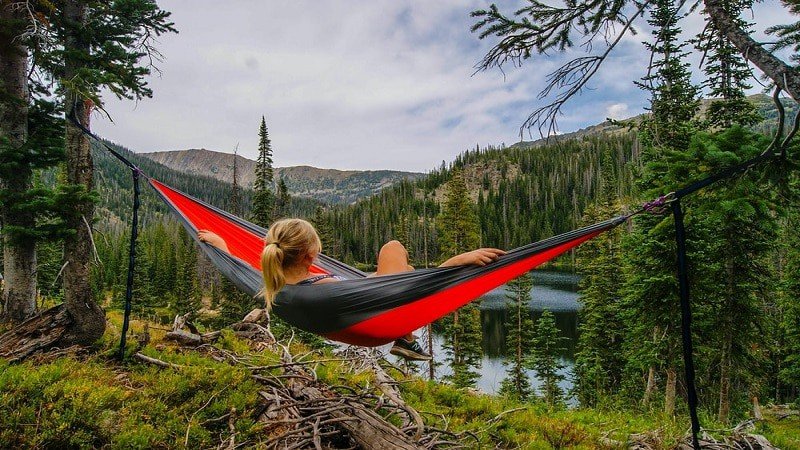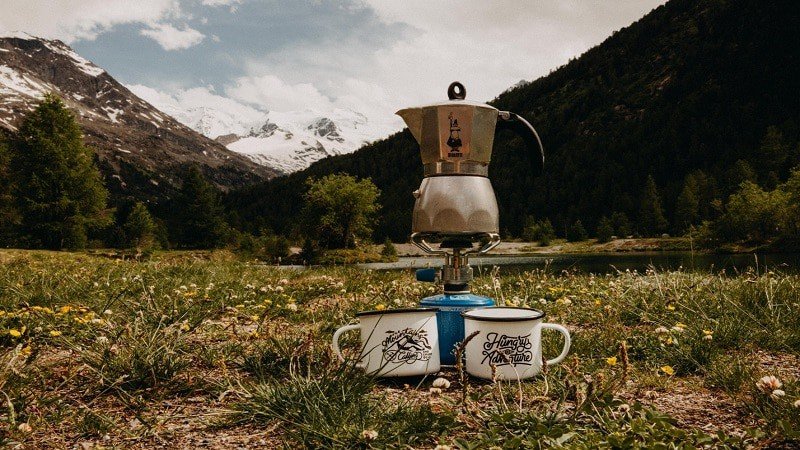Camping is a great way to spend time with family and helps to rejuvenate your mind. In fact, many people just use the opportunity to unwind themselves. The outdoor activity has been so popular among Americans that 48.2 million households camped at least once last year (despite the pandemic and al).
This shows that when the whole world was experiencing lockdown and all avenues of entertainment were limited to the confines of one’s home, camping was the stress-reliever many people could afford safely outdoors. So, if you recently decided to go camping – great decision! Considering you are here, you must now be looking forward to the next step: how to pack a camping backpack?
Even if you have gone camping a couple of times but always returned with a nasty backache, chances are you did not pack your camping backpack the right way. There is not only a method to packing your camping essentials, but it also works based on scientific laws of weight distribution. This guide has it all simplified for you into small steps. But before that, here is a list of essentials that will make packing a backpack for camping extremely easy for you.
What You Will Need
If you have planned a camping trip, chances are you already have every camping essential such as a sleeping bag, a headtorch, a portable stove, etc. However, a few essential items can be immensely useful in the packing process itself and complement your camping backpack. They are listed below.
- A sturdy backpack– Of course. As obvious as it may seem, you need to ensure that your camping backpack is sturdy, durable, and preferably waterproof.
- A lightweight daypack– A lifesaver, especially when you have a bunch of extra stuff to carry – food/water/fuel – a daypack is very useful and popular among most campers.
- A padlock– It is great to lock your backpack. Security is important, especially when you are out in the wild. Locking your backpack is always a good idea before going to sleep (if you are camping overnight).
- A Travel Security Belt– If you have a longer camping trip planned, always carry a travel security belt with you to hide cash and dodge any thieves.
- A sleeping bag liner– It can be folded into the size of a sandwich and is super useful if you are camping somewhere cold. Besides keeping you warm, it can even be used as a sleeping bag itself.
- A Pre-assembled First Aid Kit– Must have. Many people assemble a first-aid kit of their own but buying a pre-assembled one gives you not only extra space but also covers all the emergency essentials you’ll need.
- A pack of Carabiners– Running out of space? A pair of carabiners are extremely useful in attaching things (e.g., your water bottle) to the outside of your backpack.
- Cable Ties!– Inexpensive but super helpful in tying and securing things to make more room within your backpack.
How to Pack a Camping Backpack in 7 Steps
Step 1: Gather all your essentials.
Only take what you will absolutely need. It can be very tempting to take a journal, heavy camera, etc., but the more you take, the more it will weigh you down. Wherever possible, pare down! Instead of taking a box of granola bars, put them in a plastic bag. Laying out all your items will help you determined what can be pared down and what you can do away with.
Step 2: Sort essentials out based on their weight.
Once you have finalized everything, you will be carrying, sort them out by weight – all your heavy gear to one side, lighter items like clothing and sleeping bag. Similarly, arrange all medium-weight items like first aid kits and food items separately.
Step 3: Consolidate items to maximize room.
When you have everything lain out and arranged according to weight, see what items you can consolidate to save room. So, if you are taking a pot, first fill it with any food packages or even small items like socks and then put it in your backpack.
Step 4: Start filling in the backpack – distributing weight properly.
This is the most important part. The lightest items must go at the bottom. The heaviest gear should be centered between your shoulder blades right up against your back. Finally, the medium-weight items like cooking and food supplies and first aid kit should surround the heavier items toward the top and external side of the backpack. This will evenly distribute the weight of your backpack so it doesn’t put a strain on your back.
Step 5: Place emergency items in outer pockets – immediately accessible
Your outer pockets should have your most immediately needed items such as your phone and map or some necessary first aid supplies. Even if they are lightweight, you would want them to be at the top and in the outer pockets of your backpack so you can easily take them out when needed.
Step 6: Attach any items that can be externally attached to the backpack.
This is where the carabiners will come into use. Any items such as a water bottle or other light-to-medium weight gear that cannot be fit inside the backpack can be attached to the top, bottom, or sides of it. Just make sure that you attach as few items as possible as they can cause unnecessary obstruction while walking or trekking.
Step 7: Wear the backpack and move around to see if all feels right.
Finally, wear the backpack, fasten all straps and belts, and move around to see how it feels. If you feel comfortable and everything is in place, you are good to go! If the backpack feels tippy or off-balance, repack it to distribute weight more evenly until all feels good.
Our Final Thoughts
Packing a backpack for camping can be more organized than you think, but once you have learned how to do it the right way, your camping journey will become so much smoother.
When we talk about how to pack a backpack for camping, sort all your essentials into three categories need, want, and bonus item; it will not only help you pack efficiently but can make you prepare for all sorts of situations.











